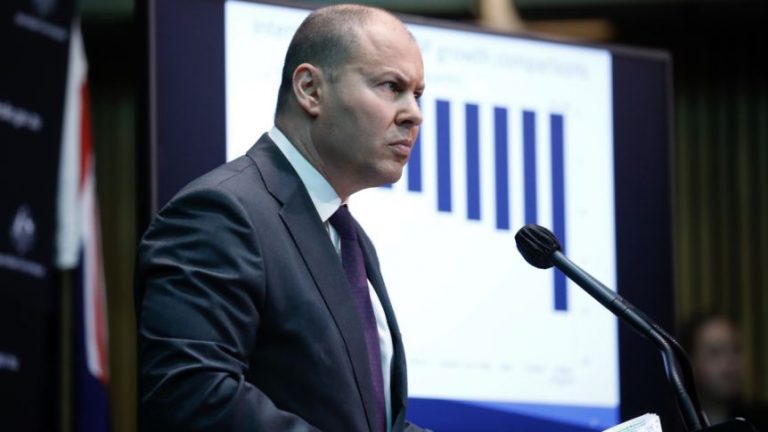The Morrison Government’s Economic Recovery Plan for Australia will create jobs, rebuild our economy and secure Australia’s future.
COVID-19 has resulted in the most severe global economic crisis since the Great Depression. As a result of the pandemic, the Australian economy has entered its first recession in almost 30 years.
By bringing the Budget back to balance for the first time in 11 years and maintaining our AAA credit rating we entered the crisis from a position of economic strength, providing us with the fiscal firepower to respond when we needed it most.
Economic support
Since the onset of COVID-19, the Government has committed an unprecedented $507 billion or 25.6 per cent of GDP in overall economic support, putting Australia on the road to recovery.
This includes $257 billion or 13.0 per cent of GDP in direct economic support.
Our economic response to COVID-19 has come at a significant cost. COVID-19 will see our deficit reach $213.7 billion this year, falling to $66.9 billion by 2023-24.
Gross debt will increase to $872 billion or 45 per cent of GDP this year and stabilise at around 55 per cent of GDP in the medium term.
Net debt will increase to $703 billion or 36 per cent of GDP this year before peaking at 44 per cent of GDP in June 2024, and declining to less than 40 per cent of GDP over the medium term.
By comparison, Australia’s net debt as a share of the economy will peak at half that in the United Kingdom, around a third of that in the United States and around a quarter of that in Japan today.
Australia’s economy contracted by 7 per cent in the June quarter. By comparison, there were falls of 12.2 per cent in New Zealand, 11.5 per cent in Canada, 13.8 per cent in France and 19.8 per cent in the United Kingdom.
While Australia’s performance on the health and economic front has been better than nearly every other developed economy, the global economic environment remains uncertain with the impact of this crisis to be felt for many years to come.
In Australia, GDP is forecast to fall by 3¾ per cent this calendar year and the unemployment rate is forecast to peak at 8 per cent in the December quarter.
Next calendar year, GDP is forecast to grow by 4¼ per cent, and the unemployment rate is forecast to fall to 6½ per cent in the June quarter 2022.
In the absence of our economic support, the unemployment rate would have risen, and remained, above 12 per cent throughout 2020-21 and 2021-22.
Fiscal strategy
Our economic and fiscal strategy sets out the path to grow the economy, stabilise debt, and then reduce it over time.
It focuses on boosting consumer and business confidence, growing the economy and creating jobs.
Once the recovery has taken hold and the unemployment rate is on a clear path back to pre-crisis levels, comfortably below 6 per cent, we will move to the second phase where there is a deliberate shift from providing temporary and targeted support to stabilising gross and net debt as a share of the economy.
By stabilising and then reducing net debt as a share of the economy we will be in a strong position to manage future economic shocks.
Australians can be confident that our Economic Recovery Plan will create jobs, rebuild our economy and secure Australia’s future.





